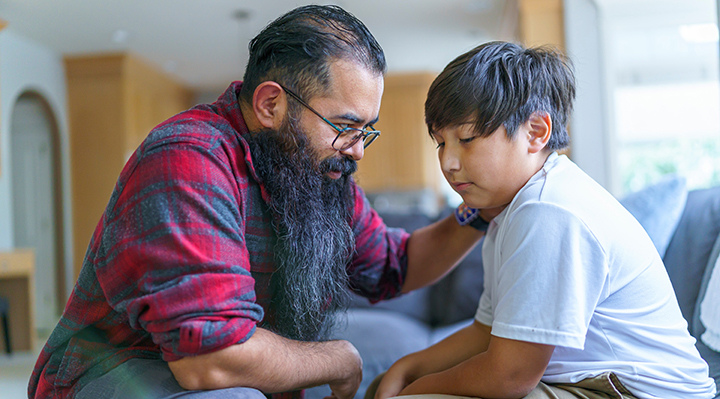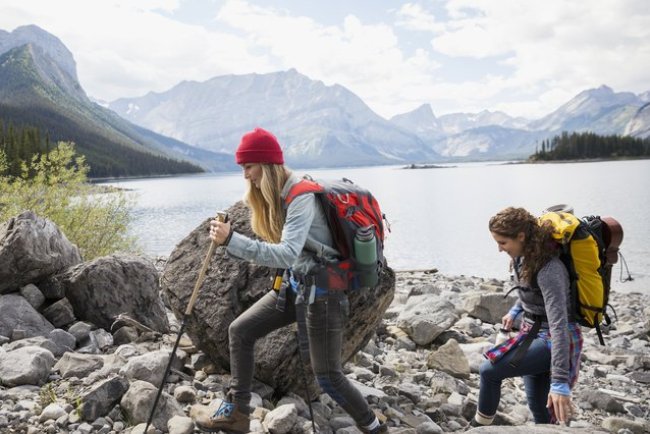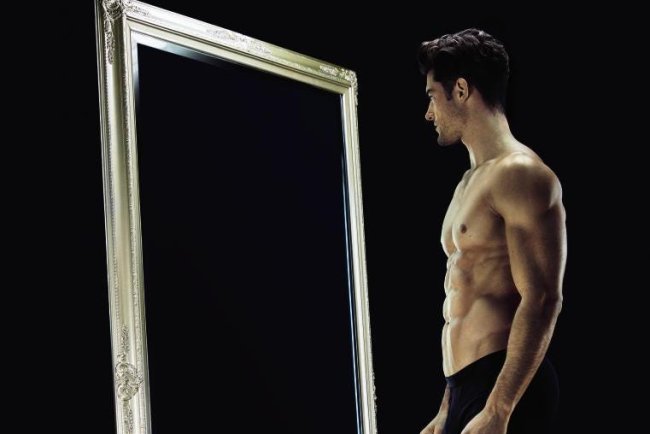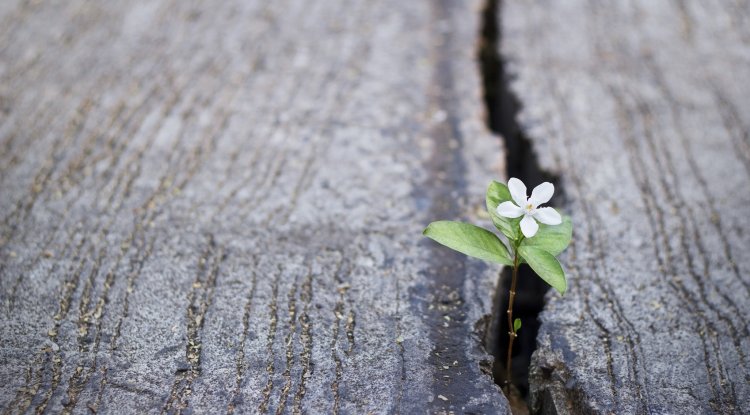The Prolonged Impact of Gun Violence on Children and Adolescents
The carnage caused by guns does not stop there. Examine the long-lasting effects that shootings have on kids and teenagers, from trauma to anxiety, and what we can do to safeguard their mental health.

You Cannot Always See the Scars Left by Gun Violence
It goes beyond the police footage and the news stories when a child survives a gunshot or even just learns about one at school. The emotional aftermath often runs deep, long after the cameras are gone.
From nightmares to panic attacks, decreasing grades to growing terror, gun violence makes its mark on children and teens in dramatic, lasting ways. Across the nation, a mental health catastrophe is subtly taking place in therapy offices, classrooms, and beds.
There is more to this than just statistics. It is about a generation that was raised in the wake of trauma, grief, and lockdown drills.
The truth is that children are constantly on guard.:max_bytes(150000):strip_icc()/GettyImages-1445165969-cbd51e60bdb24fe8b978a11c1917b34c.jpg)
Many children today live in continual fear of danger, whether it is because they have lost a buddy, witnessed gun violence personally, or simply internalized anxiety from the news.
Furthermore, that type of stress is poisonous.
Children who witness gun violence are more likely to experience substance abuse, PTSD, sadness, and anxiety.
Many display symptoms of hypervigilance, such as being quickly startled, losing their emotional intelligence, or always looking for danger.
Research indicates that these impacts can change how the brain develops, particularly in younger kids.
Nowadays, Schools Are not Always a Safe Place
Despite the statistical rarity of school shootings, many children live in continual anxiety.
Every lockdown exercise serves as a reminder that this is a potential location.
Even five-year-olds are being taught where to hide. Teens make dark jokes about ways out. In the worst situations, educators—who are already overworked—are supposed to act as protectors.
For children who are growing up with this reality, school is now a place where they worry as much as they learn.
The Impact of the Ripple Effects Extends Well Beyond the Event
Gun violence disturbs everything and is not a singular trauma:
Sleep: For months or even years, many kids suffer from insomnia or nightmares.
Academics: Trauma can result in learning delays, poor concentration, and declining grades.
Socialization: Children may become withdrawn, aggressive, or crowd-averse.
Family dynamics: Unspoken stress cycles are created when parents of impacted children go through trauma themselves.
Communities of color, where access to mental health treatment is more restricted and gun violence is more common, are also disproportionately affected emotionally.
Teens are raising their voices, but they require more than just praise.
Teenagers nowadays are not keeping quiet, as demonstrated by movements like March for Our Lives. They are calling for change, mobilizing, and protesting.
However, advocacy does not take the place of healing.
Children who are still dealing with trauma are behind the stirring speeches. They require safe spaces to be children again, not just activists, trauma-informed schools, and long-term, easily accessible mental health care.
What Are Our Options?
This is a public health emergency rather than merely a policy issue. And we must all do it. This is how you can assist:
Encourage schools to provide trauma-informed care.
Advocate for counselors as opposed to merely guards. PTSD detection training for teachers. areas where children can converse rather than merely test.
Encourage sensible reform and gun safety legislation.
legislation pertaining to secure storage. background checks for everyone. red flag legislation. We should not wait for children to perish before taking action.
Speak to your kids.
Find out their feelings. Acknowledge their anxieties. Remind them that they are not alone and that it is acceptable to feel afraid.
Contribute to or assist in neighborhood initiatives
Support groups that offer affected youth community resources, grief counseling, and therapy.
Continue the conversation.
After a catastrophe, gun violence should not be the only trend. Continue to ask: What type of world are we creating for our kids?
In summary, the wounds are deep and still bleeding.
When there is no more firing, there is still gun violence. It is the start of a lengthy journey of terror, sadness, and healing for far too many kids and teenagers.
They require more than just prayers and thoughts; they also require protection, care, therapy, and policies. because it takes time to recover. And far too many children are growing up without enough of it at the moment.
What's Your Reaction?




















